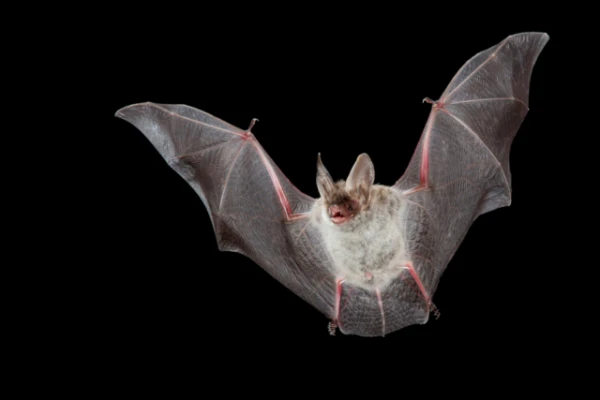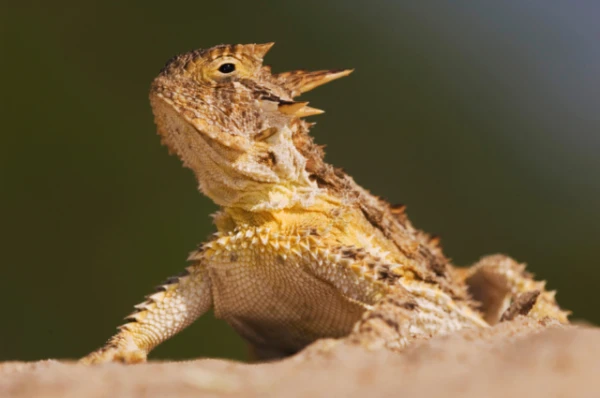
Researchers from the University of Georgia studied six North American bat species and discovered a unique feature—all of them glow bright green under ultraviolet light. This photoluminescent effect is particularly noticeable on the skin of the wings, tails, and hind limbs, and precisely matches the range of light that the bats themselves can perceive (520–552 nm).
The phenomenon is observed in both old museum specimens and modern samples, regardless of age, habitat, or sex. This proves that the ability is genetically inherited and likely acquired from a common ancestor of all modern species.
The functional significance of the glow has not yet been determined; however, it may be related to intraspecies communication: bats' vision allows them to distinguish such signals at twilight, which may help in assessing distance or recognizing kin in flight.
Moreover, the analysis showed that the glow is independent of habitat—whether in tree canopies or caves—excluding its connection to camouflage. Some researchers believe that this feature is a relic that once played a more significant role before the advent of echolocation but has been preserved in the genome as phylogenetic memory.
The discovery expands the understanding of the diversity of adaptations among mammals and demonstrates that biochemical features can be identified even from museum specimens.















Leave a comment